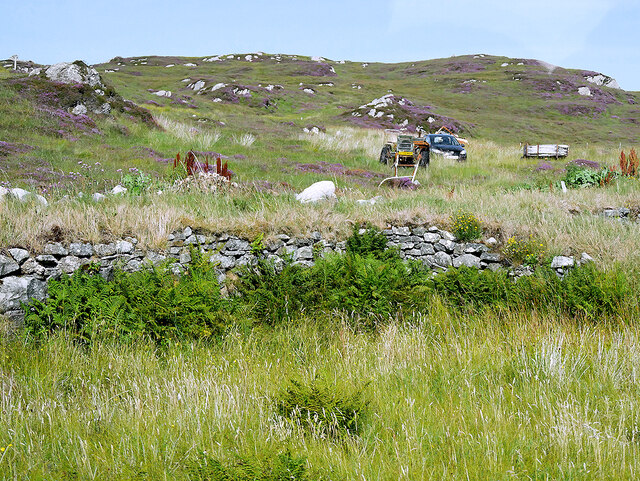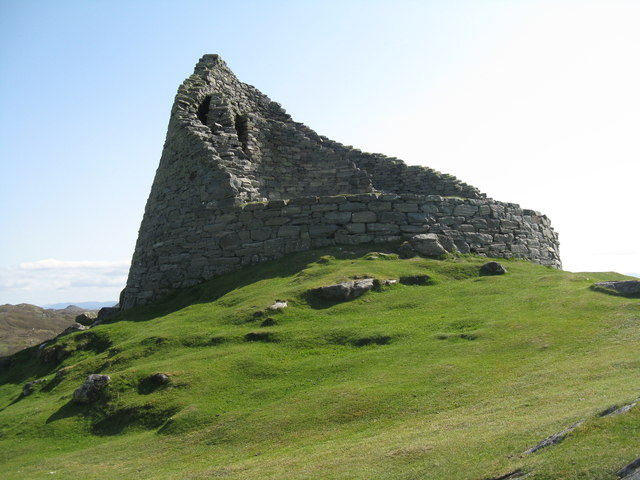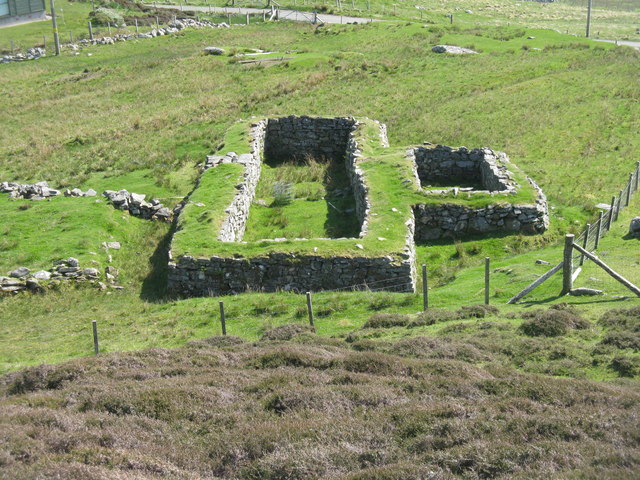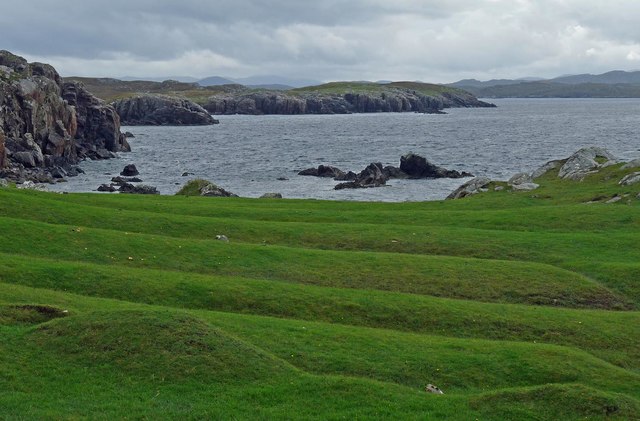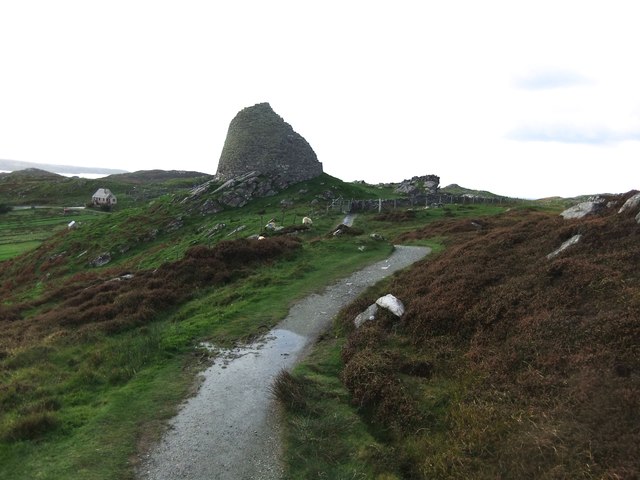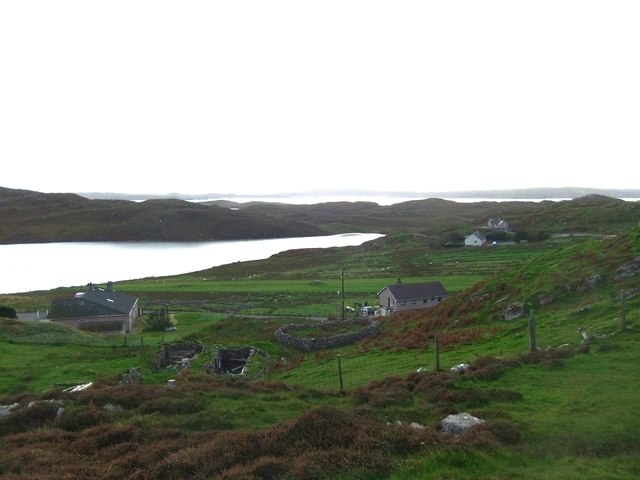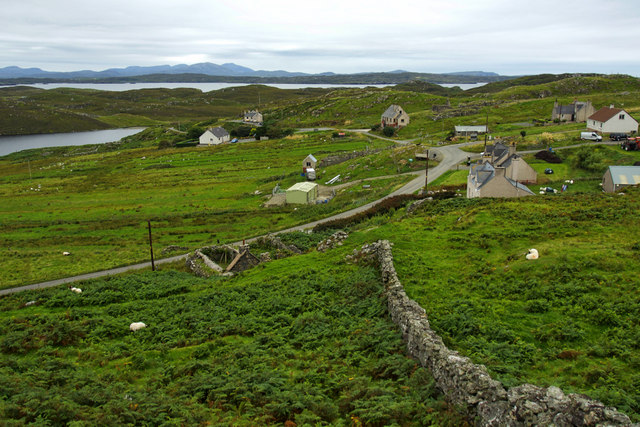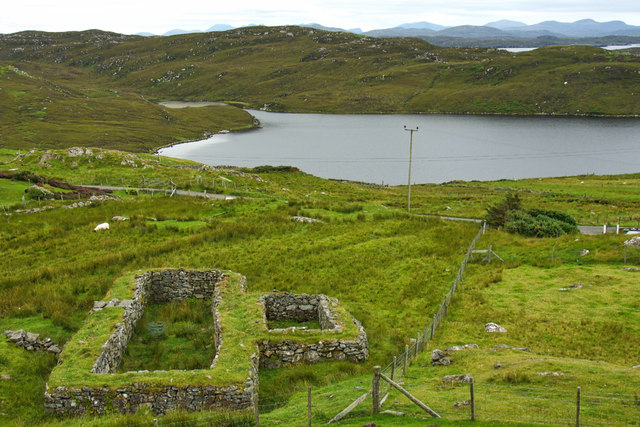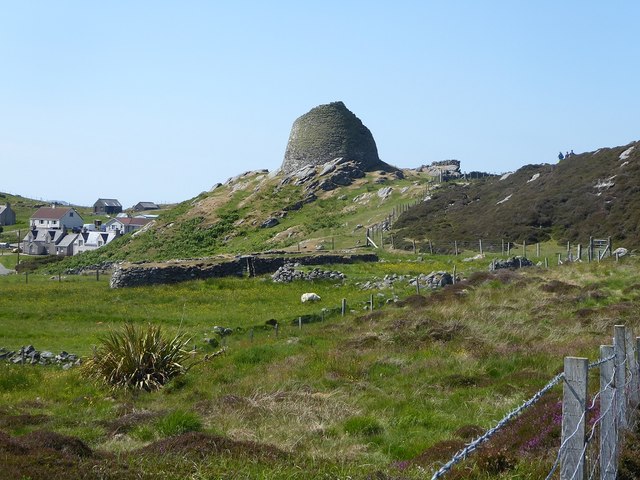Rudha Bhinndaleim
Coastal Feature, Headland, Point in Ross-shire
Scotland
Rudha Bhinndaleim
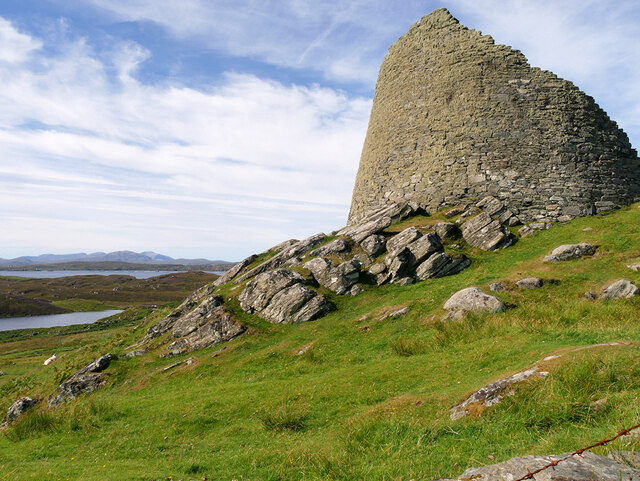
Rudha Bhinndaleim is a prominent coastal feature located in Ross-shire, Scotland. Also known as Bhinndale Point, it is a headland that juts out into the North Atlantic Ocean. Situated on the northwest coast of the Scottish Highlands, this picturesque point offers breathtaking views of the surrounding landscape.
The headland is characterized by steep cliffs that rise majestically from the sea, reaching heights of up to 100 meters. These cliffs provide a dramatic backdrop against the crashing waves, creating a captivating sight for visitors. The rugged terrain is covered in lush vegetation, with patches of heather and grasses dotting the landscape.
Rudha Bhinndaleim is a popular spot for outdoor enthusiasts, hikers, and nature lovers. There are several walking trails that lead to the point, allowing visitors to explore the area and take in its natural beauty. The headland is also a haven for wildlife, with various seabirds, including puffins and gulls, nesting along the cliffs.
The coastal location of Rudha Bhinndaleim offers opportunities for fishing, as the surrounding waters are abundant in marine life. Anglers can try their luck at catching Atlantic salmon, sea trout, and other species that frequent the area.
Overall, Rudha Bhinndaleim is a captivating coastal feature in Ross-shire, offering stunning views, diverse wildlife, and recreational activities for visitors to enjoy. Its rugged cliffs, lush vegetation, and proximity to the North Atlantic Ocean make it a must-visit destination for nature enthusiasts and those seeking a tranquil coastal experience.
If you have any feedback on the listing, please let us know in the comments section below.
Rudha Bhinndaleim Images
Images are sourced within 2km of 58.273624/-6.8181641 or Grid Reference NB1741. Thanks to Geograph Open Source API. All images are credited.

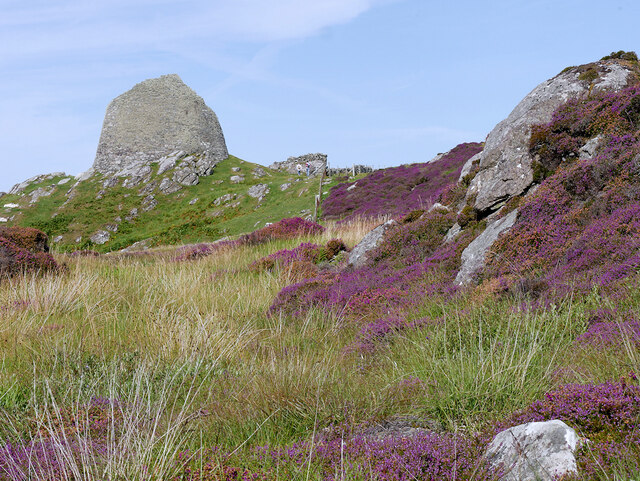
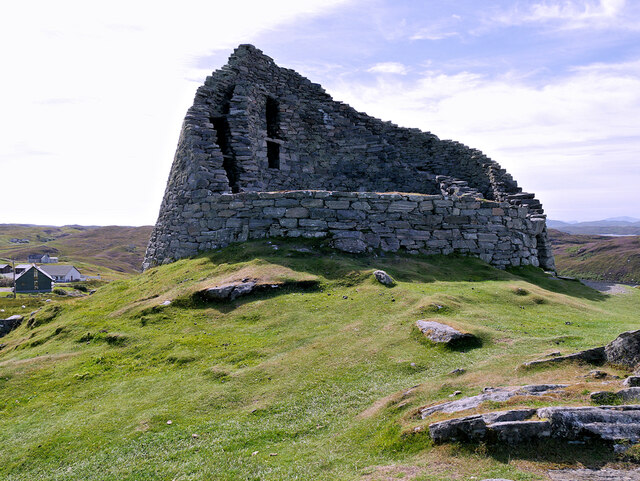
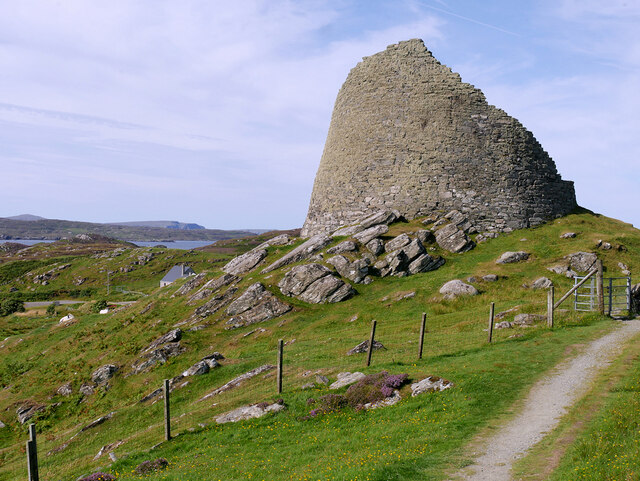
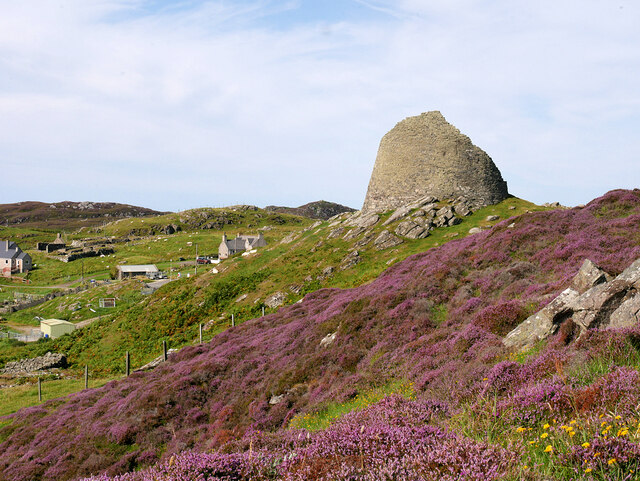
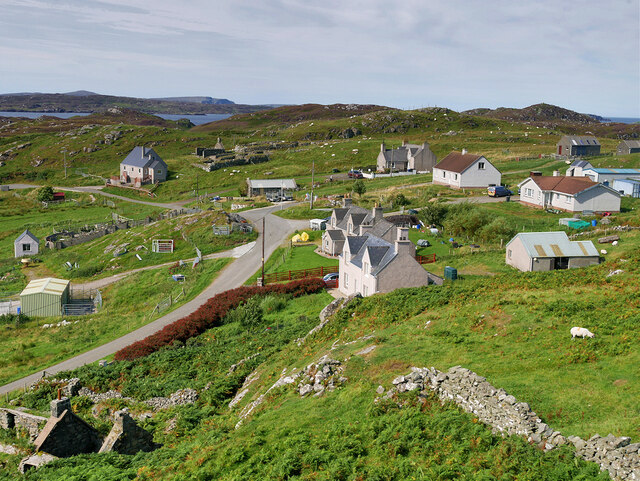
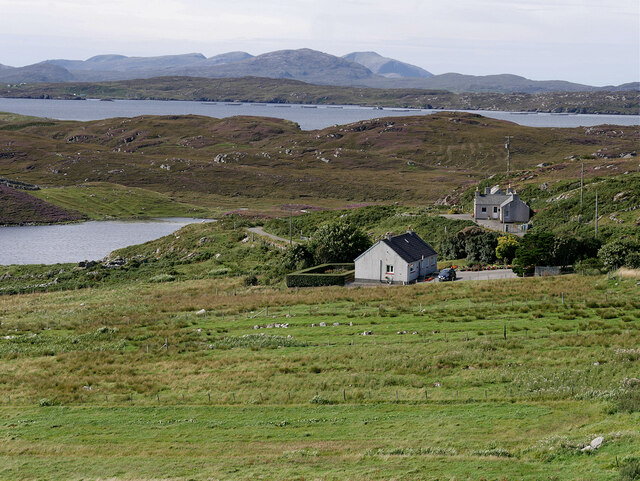
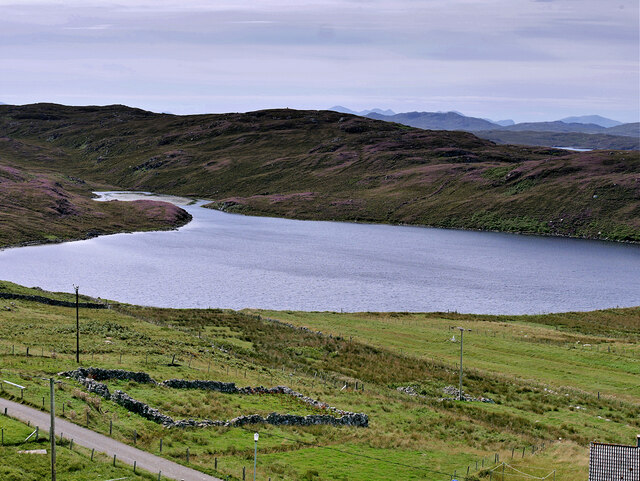
Rudha Bhinndaleim is located at Grid Ref: NB1741 (Lat: 58.273624, Lng: -6.8181641)
Unitary Authority: Na h-Eileanan an Iar
Police Authority: Highlands and Islands
What 3 Words
///broad.justifies.shed. Near Carloway, Na h-Eileanan Siar
Nearby Locations
Related Wikis
Dun Carloway
Dun Carloway (Scottish Gaelic: Dùn Chàrlabhaigh) is a broch situated in the district of Carloway, on the west coast of the Isle of Lewis, Scotland (grid...
Borrowston, Lewis
Borrowston (Scottish Gaelic: Borghastan), with a population of about 50, is a crofting township situated on the Isle of Lewis, on the Outer Hebrides of...
Garenin
Garenin (Scottish Gaelic: Na Gearrannan) is a crofting township on the west coast of the Isle of Lewis in the Outer Hebrides of Scotland. Garenin is in...
Cealasaigh
Cealasaigh or Kealasay is an islet in outer Loch Ròg, Lewis, Scotland that lies north of Traigh Mhór on Little Bernera and south of Campaigh. To the west...
Related Videos
Gearrannan village of traditional houses
Gearrannan Black House village on the Isle of Lewis.
Have you been to Rudha Bhinndaleim?
Leave your review of Rudha Bhinndaleim below (or comments, questions and feedback).
